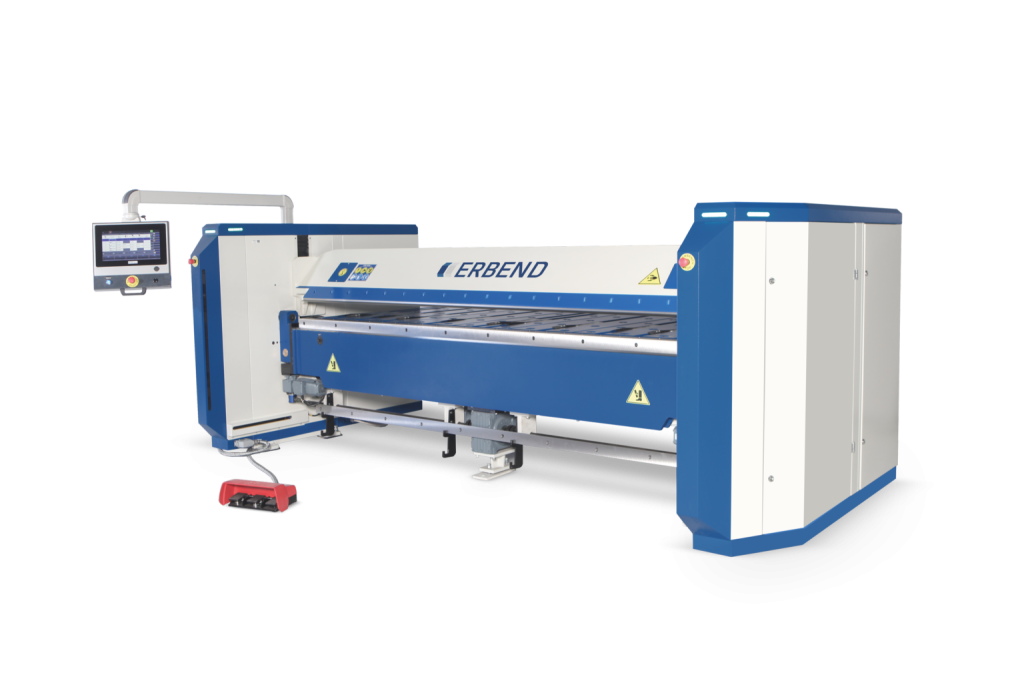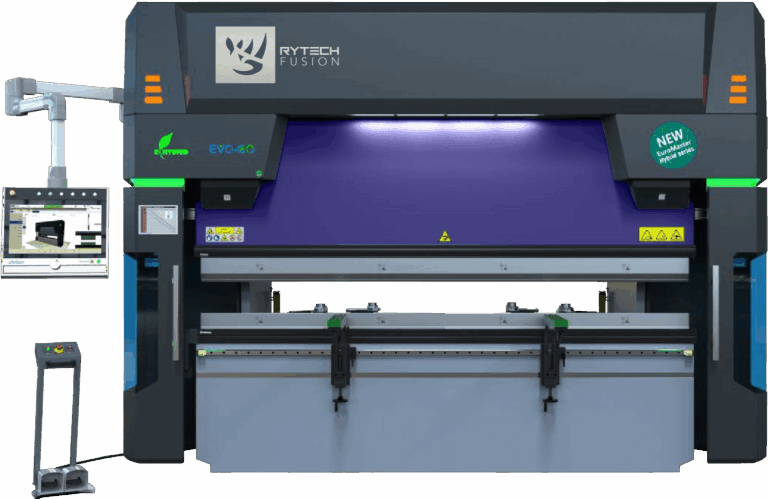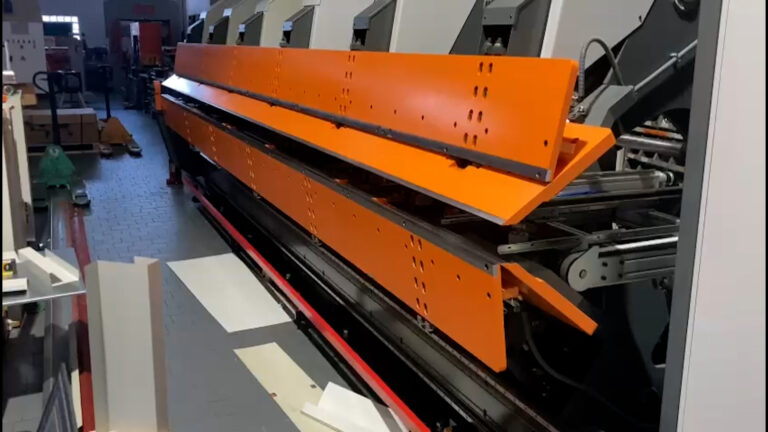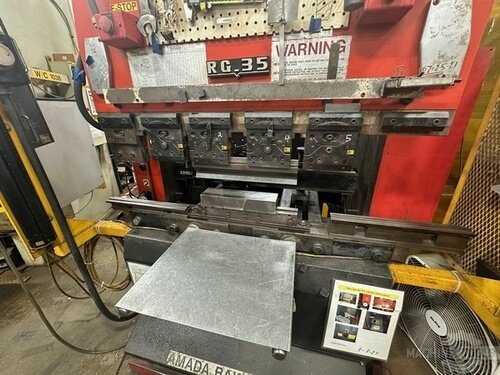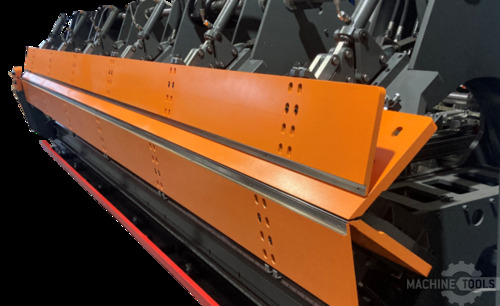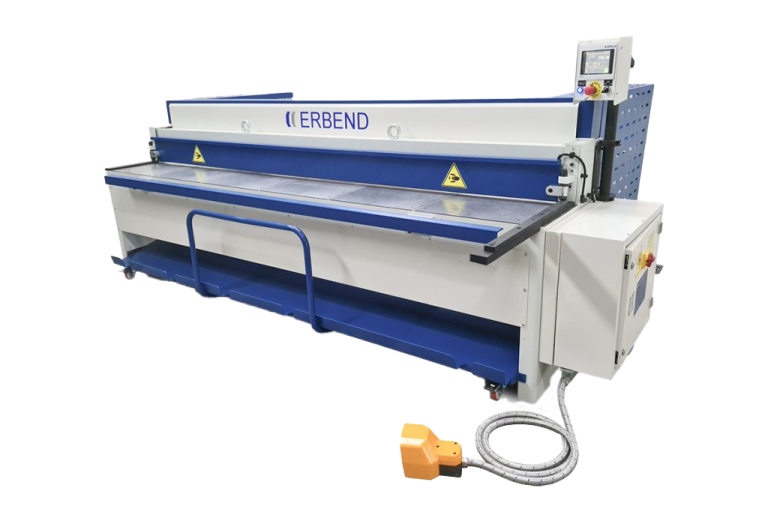Growing up in southern Chicago, I learned early the value of hard work and honest relationships. These lessons have shaped my approach to supporting customers in the roofing and fabrication industries, whether they’re family-run shops or rapidly expanding operations. At Mac-Tech, I’ve dedicated my career to helping businesses like yours cut through the noise, evaluate their options, and implement the right upgrades across folders, shears, slitters, decoilers, downspout roll formers, panel benders, and more. My customer-first philosophy means I’m not just here to sell equipment; I’m here to help you build a smarter, more profitable line—one that grows alongside your ambitions.
Leveraging Proven Strategies to Boost Efficiency in Coil-Fed Production
Efficiency in coil-fed production isn’t just about speed; it’s about consistency, reliability, and scalability. Over the years, I’ve worked with clients across the Midwest and beyond to identify bottlenecks in slitting and straightening lines that slow down throughput or increase scrap. The most successful operations leverage a combination of automation, real-time monitoring, and modular equipment that adapts as their product mix evolves. For example, integrating a precision decoiler with a high-speed slitter can minimize manual handling and reduce downtime between coil changes, leading to tighter schedules and fewer late deliveries.
Evaluating Your Current Slitting and Straightening Lines for Optimal Performance
The first step in any upgrade is a thorough evaluation of your existing setup. I always recommend reviewing not just the age of your equipment, but also the tolerances you’re achieving, the downtime you’re experiencing, and the labor hours required per shift. For some clients, adding a servo-driven straightener with automatic adjustment functions has slashed setup times by half. Others have benefited from retrofitting their lines with upgraded controls, allowing for better integration with downstream forming or folding machines. If your line can’t keep up with order volume or you’re seeing increased maintenance costs, it might be time to consider an upgrade.
Tailoring Equipment Upgrades to Meet Specific Fabrication Needs: Slitting, Forming, and Folding
Every fabrication shop is unique. Some need ultra-precise slitting for architectural panels, while others prioritize quick changeovers for custom flashing or downspout production. At Mac-Tech, I work closely with each customer to match their needs with the right solution—sometimes that’s a heavy-duty slitter with automatic knife positioning, other times it’s a flexible folder that can handle both simple bends and complex, multi-radius shapes. For growing operations, modularity is key. Investing in equipment that can be reconfigured or expanded as your product line diversifies helps future-proof your business and protect your capital.
ERBEND MFC INDUSTRIAL FOLDING MACHINE
ERBEND MFB STEEL SHEET FOLDING MACHINE
Reducing Waste Through Advanced Machine Integration and Process Control
Waste isn’t just about scrap metal; it’s about time lost to manual adjustments, miscommunication between machines, and inefficient workflows. Advanced machine integration—where your slitter, straightener, and forming lines communicate seamlessly—can significantly reduce material waste and operator error. Modern controls with recipe management and remote diagnostics allow for consistent quality across shifts and faster troubleshooting when issues arise. I’ve seen customers cut their scrap rates by 20% or more simply by upgrading to machines with better process control and tighter feedback loops.
Achieving Higher Production Speeds Without Sacrificing Quality in Roll Forming Operations
Speed is important, but not at the expense of quality. I often remind customers that the most profitable lines are those that maintain tight tolerances at high speeds, minimizing rework and warranty claims. Servo-driven roll formers and folders offer rapid acceleration and deceleration, allowing for faster cycle times without slamming material or introducing defects. Upgraded tooling and in-line QC systems can catch issues before they become costly problems. The right combination of speed, precision, and automation lets you take on more work with the same headcount—an essential advantage in today’s competitive market.
Frequently Asked Questions
When is the right time to upgrade a roll former or folder?
If you’re seeing increased downtime, struggling with tighter tolerances, or losing bids because you can’t meet customer specs, it’s time to evaluate your equipment. I recommend a full line audit every 3–5 years, or sooner if your product mix is changing rapidly.
How do servo-driven folders compare to hydraulic systems?
Servo-driven folders offer faster setup, quieter operation, and tighter repeatability than traditional hydraulic systems. They’re also more energy-efficient and require less maintenance, making them ideal for shops focused on quality and throughput.
What’s the difference between a combi-beam and double folder?
A combi-beam folder can switch between straight and radius bends in a single setup, increasing flexibility for complex parts. Double folders use two bending beams for faster cycles on symmetrical or complex shapes, often reducing handling and boosting productivity.
What are signs a roll forming line is no longer cost-effective?
Frequent repairs, rising scrap rates, inconsistent product quality, and operator complaints are all red flags. If your line can’t keep up with order volume or new material specs, it’s time to consider an upgrade.
Can automation help reduce labor needs in slitting and forming lines?
Absolutely. Automation reduces the number of manual steps, lowers the risk of operator error, and allows skilled staff to focus on higher-value tasks. Many of my clients have reallocated labor to other areas after automating their lines.
How do I know which upgrades will have the biggest ROI for my shop?
Start with a data-driven assessment: track downtime, scrap, and throughput. I can help you compare options and build a phased upgrade plan that targets your biggest pain points first, maximizing your return on investment.
Ready to see what the next level of efficiency looks like for your operation? Whether you’re considering a single machine or a full line upgrade, I’m here to help you make the right choice for your business. Let’s schedule a walkthrough, set up a live demo, or get you a tailored quote—reach out today and experience the Mac-Tech difference.
Get Weekly Mac-Tech News & Updates


